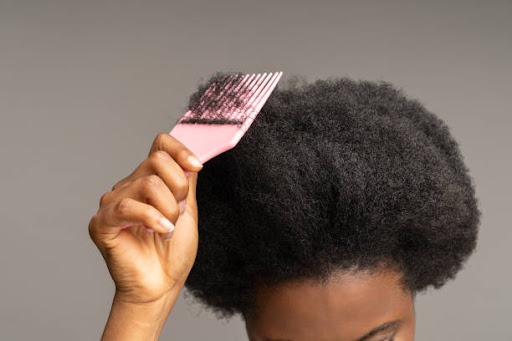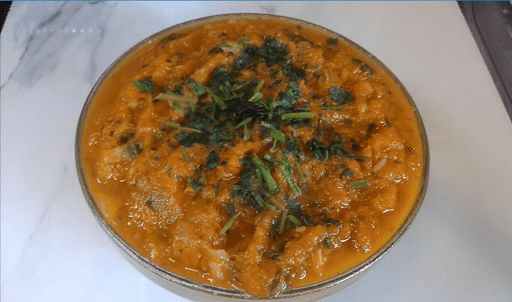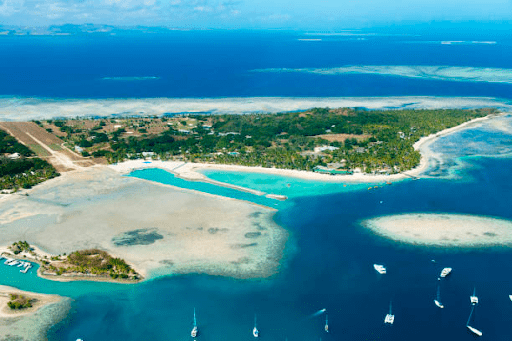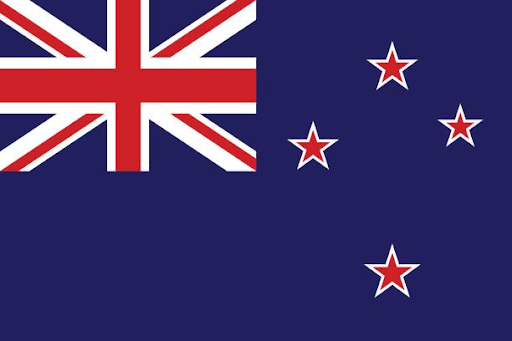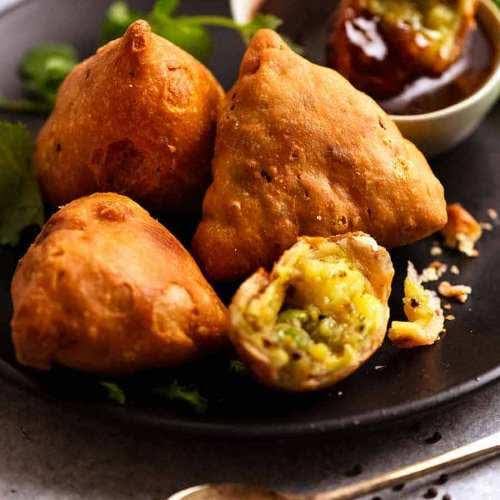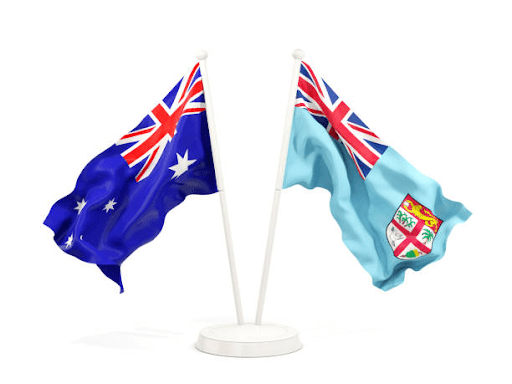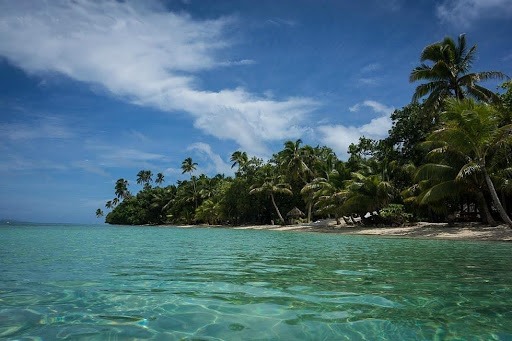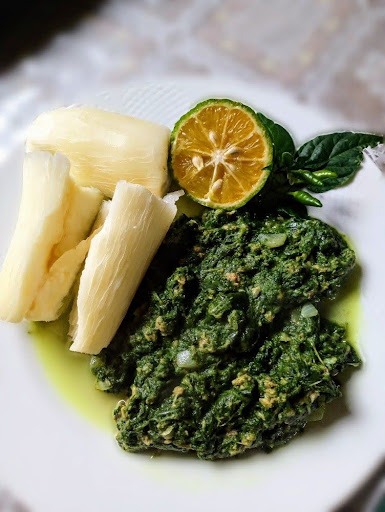The traditional hairstyles of Fiji
In Fiji, a person’s head and hair are considered sacred.
To the people of Fiji, the human hair and head area is the most sacred (tabu) part of the human body. In the olden days, Fijian chiefs would pick a few people and give them permission to touch their heads.
Proof of the sacredness of the human hair and head can be seen in a tale about Methodist missionary Thomas Baker.
In July 1867 at the Navosa Highlands of western Viti Levu, Baker was killed and eaten because he touched a chief’s head. The locals considered it very disrespectful. The rock used to kill him is still on display in the village of Nabutatau. Baker was cooked and consumed by the cannibal tribe, leaving behind only the soles of his leather sandals which are on exhibit at the Fiji Museum in Suva today.
With the hair and head of a person held in such high esteem, it logically follows that the Fijians cherish their hairstyles.
Think “traditional Fijian hairstyle”, and what comes to mind is the bushy, upward-standing bouffant, referred to as “buiniga”.
Picture credit: Edge Hair Design @ Facebook
Back in the yesteryears, the style was universally worn by Fijians of both genders and considered an art form.
In his 1834 writings found in the Fiji National Archives, Warren Osborn observed, “They have an odd way of dressing their hair. They prick it up so that each hair stands on end by itself. If the hair is long, they consider it beautiful. To keep its place, they tie a small thread around every ten or twelve hairs close to the roots.
“After it is pricked up, they dye it black, red, or white according to their fancy. They have a regular hair-dresser who does little but prick up hair.
“To do a chief’s hair properly takes two days. It is a great insult to touch any of their heads. When the hair is completely dressed, they cover it with a ‘tapa’. As will be supposed, such heads of hair as these are thickly inhabited and as scratching is prohibited, they have long disturbers made out of wood, bone, or turtle shell, with which they can stir them up without deranging their hair.
“Some of them wear frontlets made of the feathers of the scarlet parquet. Combs are very fashionable. These are often made of small reeds, handsomely lashed together with thread, and ornamented with small beads. They wear these stuck in their whiskers. Most of them wear their beards long and are very proud of them.”
To the Fijians back then, their hair was a source of personal vanity; the extravagant hairstyle was a mark of social standing.
Yet over time, the male population seemed to have shied away from the bold style. This could have been due to the time during World War II when many Fijians joined the British armed forces. Putting a helmet over the busy hair would be a challenge.
For those who maintained the distinct hairstyle, it takes a solution of lime and clay to keep the locks dry and stiffened, after which it is tamed with a long, toothed comb. Back then, the bouffant was preserved by sleeping with one’s neck on a wooden rack called a kali, although, over time, people opted to just tie their hair up with a cloth.
As for young girls, they wore their hair in side locks (known as tobe) down to their waist, which signalled their virginity. The hairstyle was high maintenance. The long hair is washed with ashes and burnt lime, twisted into ringlets by a female relative, and then painted over with a protective mixture of chewed okeoke and Qalotunisomo leaves, ashes, and burnt lime mixed with a coconut oil base.
Upon marriage, their locks are cut off. The lock is given to the girl’s maternal relative for keepsake, often used as armbands or necklace strings. Her remaining hair is either cropped short or shaved bald, done to great fanfare. In the following days, the woman wears her hair short, even shorter than her husband’s.
Nonetheless, there were women chiefs who had large hair, around five to six inches long and 35 inches in circumference; worn like a huge mop.
As Osborn noticed, high-ranking chiefs had their own hairdressers to style their hair so that they stood out from the rest. They would dress their hair in shells, twigs, and flowers. Some also wore cloth turbans.
Nonetheless, this is no longer practiced, no thanks to missionary interference. The missionaries viewed extravagant hair as a symbol of paganism, thus the practice took a step back. The second world war put an absolute end to the era of flamboyant hair in Fiji.
The Ulumate and Ulu Cavu
Natural hair was not all the people kept. During pre-colonisation times more than 200 years ago, the practice of wearing wigs was popular among men during times of mourning, warfare, and worship.
The Ulumate is cut hair turned into a wig.
Meanwhile, the Ulu Cavu is a warrior’s wig. The warriors strip their enemies of their hair, turn it into a wig, and wear it to the next battle.
Thirdly, the Ulu Vati is the wig from when someone passes away. Either the deceased or the mourning individual’s hair is cut off and fashioned into a wig. Possibly on the anniversary of the death, the mourner wears the wig again.
That said, may it be a wig or their natural hair, the hairstyles of the Fijian people deserve some recognition. Here is to the buiniga making a return to its former glory one day.

